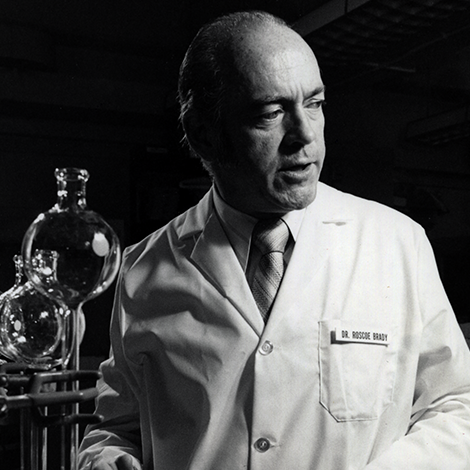Exhibits Overview Gallery
| Builder Show | ||
|---|---|---|
| ||
These items are hidden until ready for prime timeSite Coming Soon How are proteins made? How do they fold and what role does structure play in their function? Chris Anfinsen's investigations answered these questions; they also led to a Nobel Prize. |
| Unordered List (ul) | ||||||||||||||||||||||||||||||||||||||||||||||||||||||||||||||||
|---|---|---|---|---|---|---|---|---|---|---|---|---|---|---|---|---|---|---|---|---|---|---|---|---|---|---|---|---|---|---|---|---|---|---|---|---|---|---|---|---|---|---|---|---|---|---|---|---|---|---|---|---|---|---|---|---|---|---|---|---|---|---|---|---|
| ||||||||||||||||||||||||||||||||||||||||||||||||||||||||||||||||
|
About the NIH Stetten Museum and Its Exhibits
The DeWitt Stetten Jr. Museum of Medical Research, established in 1986, preserves and interprets the material culture of the scientific work of the NIH. In conjunction with the broader Office of NIH History, the Stetten Museum collects biomedical research instruments, photographs, videos, journals, or oral histories, as well as objects related to the general history of the NIH, including architectural artifacts, artwork, and clothing.
Through onsite and online exhibits, the Stetten Museum brings these materials to life to inform the public of the breadth and significance of research performed at the NIH, the world's largest research entity dedicated to biomedical and behavioral research and training.
Our exhibits are displayed across the NIH Bethesda campus.
People
...
|
...
|
...
|
...
|
...
|
...
|
...
|
...
|
...
|
...
|
...
Scientific and Biomedical Instruments and other "Things"
|
...
|
...
|
...
|
...
|
...
|
...
|
...
|
...
...
|
...
|
...
|
...
|

















